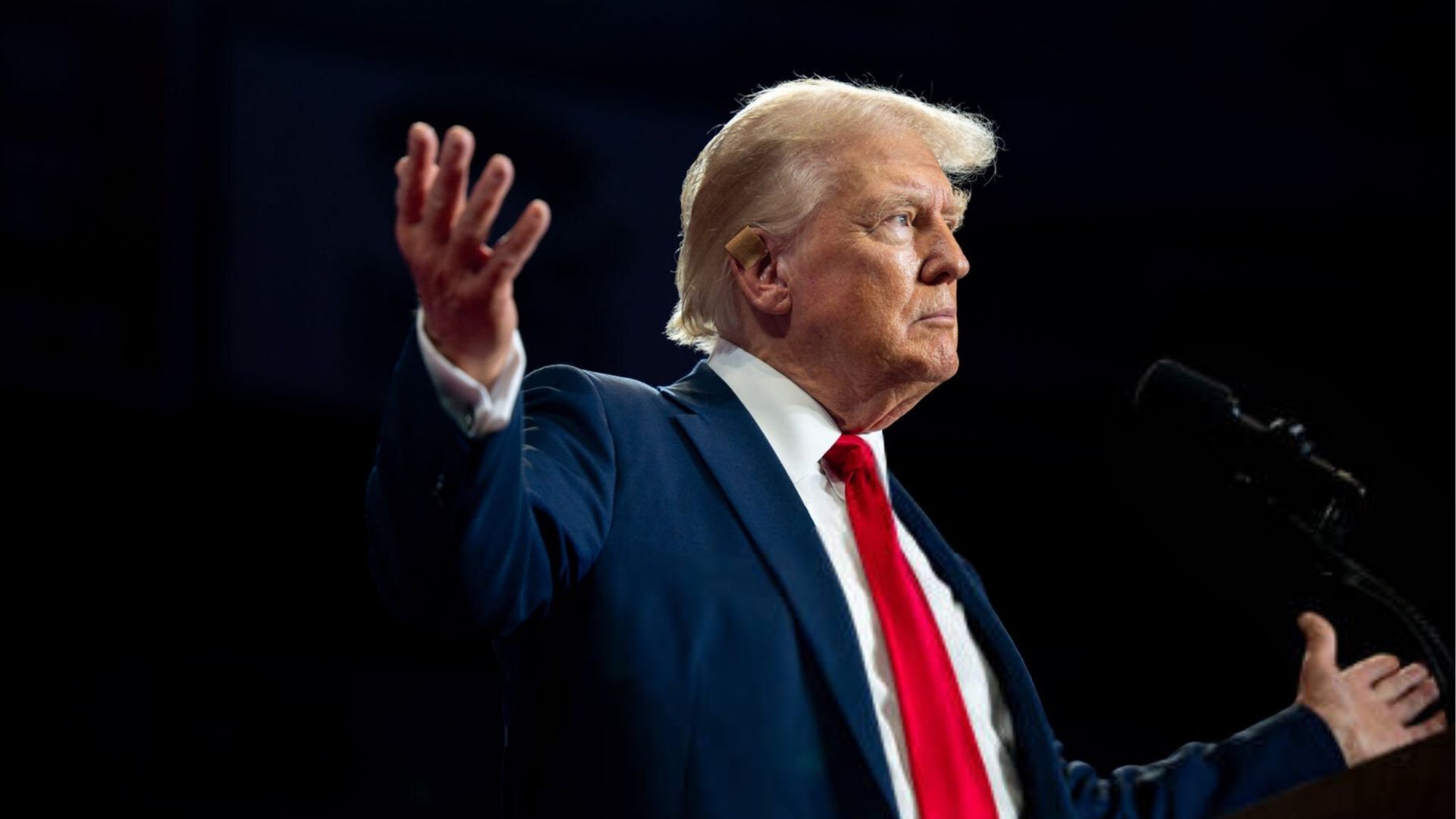
After months of inflation that gripped American households during the Biden-Harris administration, new data from the Bureau of Labor Statistics confirms that egg prices have dropped significantly under President Donald Trump’s leadership, offering relief to grocery shoppers.
Despite the positive economic signal, coverage by CNN has drawn attention for its framing of the news, leading to criticism of how media outlets are responding to improving economic indicators under the current administration.
According to the Bureau of Labor Statistics, egg prices fell 12.7% between March and April—the largest monthly decline since 1984.
Trump’s Sovereign Wealth Fund: What Could It Mean For Your Money?
The U.S. Department of Agriculture reported last week that the average cost of a dozen large white-shell eggs fell to $3.30, down 69 cents from the prior week.
Trading Economics also shows that egg prices are down 7.17% over the past year.
The sharp decline in prices comes after a period of prolonged inflation during Joe Biden’s tenure, when retail egg prices reached an all-time high of $8.17 per dozen in March.
Economists note that retail egg prices are a lagging indicator, meaning the surge in prices earlier this year reflected the broader inflationary trend that persisted under Biden.
This Could Be the Most Important Video Gun Owners Watch All Year
President Trump has referenced the lower prices as evidence that the economy is beginning to stabilize.
Trump pointed to falling egg costs in recent public remarks, highlighting the burden that inflation placed on American families under the prior administration.
While the drop in prices has been welcomed by consumers, CNN’s reporting on the matter has drawn attention for how it framed the development.
In an article published Wednesday titled “Trump’s egg price fiction has suddenly become reality,” reporter David Goldman acknowledged the price decline but framed the president’s previous statements as misleading.
“For months, President Donald Trump has falsely claimed that egg prices are tumbling. It wasn’t true then, but it’s true now,” Goldman wrote.
This is UNBELIEVABLE.
The whole story is that @POTUS is lying about egg prices going down, but egg prices are going down….
Give me a break @cnn. You just can’t make this up. 🤦🏻♀️🤨 pic.twitter.com/QM4Zhexrku
— Secretary Brooke Rollins (@SecRollins) May 14, 2025
The article notes that egg prices had risen in 17 of the last 19 months, largely due to an avian flu outbreak that led to the culling of millions of egg-laying hens.
However, critics of the article point out that Trump was likely referencing wholesale egg prices, which are considered a leading indicator and began to fall before retail prices followed.
Goldman later concedes that “Trump may have been talking about wholesale egg prices,” though this admission appears in the eighth paragraph of the article.
CNN LIES EVERY SECOND ABOUT TRUMP. EGG 🥚 PRICES KEEP
FALLING https://t.co/rAU0uS5pmS pic.twitter.com/LwgLYUDQmI— Marion Cobretti (@ray_hessel) May 14, 2025
The piece also challenges the accuracy of Trump’s estimates on the size of the price drop, stating that “the wild percentages he threw around were grossly inaccurate.”
Despite that, analysts note that it’s common for political figures to use approximate figures in off-the-cuff remarks, and that wholesale price declines do typically forecast retail price movement.
Kevin Hassett: The Biden administration spent $2,000,000,000 killing the chickens.
CNN’s Kaitlan Collins: What about the wholesale prices of eggs? Egg prices aren’t always reflected in the grocery stores.
Kevin Hassett: Go to the grocery store. I literally just went to the… pic.twitter.com/fQUGGNBDYO
— Townhall.com (@townhallcom) March 19, 2025
The issue has highlighted broader concerns about how positive economic news under Republican leadership is being covered by legacy media outlets.
While sharp criticism of economic policies was a regular feature during the Trump presidency’s first term, media reaction to recovering indicators—such as the egg price drop—has often come with caveats and pushback.
As egg prices continue to fall, consumer sentiment may shift as households begin to feel real-time relief from food cost burdens.
Whether mainstream outlets will give equal attention to economic improvements under President Trump as they did to cost increases under President Biden remains to be seen.
Connect with Vetted Off-Duty Cops to Instantly Fulfill Your Security Needs

![Trump's Tariffs Bring China to the Negotiating Table, Meetings in Switzerland [WATCH]](https://www.right2024.com/wp-content/uploads/2025/05/Trumps-Tariffs-Bring-China-to-the-Negotiating-Table-Meetings-in-750x375.jpg)
![Trump Posts Hilarious Pope Meme, Leftists Immediately Melt Down [WATCH]](https://www.right2024.com/wp-content/uploads/2025/05/Trump-Posts-Hilarious-Pope-Meme-Leftists-Immediately-Melt-Down-WATCH-350x250.jpg)


![Bessent Exposes Media Lies About April’s Stock Market Performance [WATCH]](https://www.right2024.com/wp-content/uploads/2025/04/Bessent-Exposes-Media-Lies-About-Aprils-Stock-Market-Performance-WATCH-350x250.jpg)


![Taylor Swift Slams Subpoena in Blake Lively’s Explosive Legal Battle [WATCH]](https://www.right2024.com/wp-content/uploads/2025/05/1746936931_Taylor-Swift-Slams-Subpoena-in-Blake-Livelys-Explosive-Legal-Battle-350x250.jpg)
![Markets Soar as NASDAQ and S&P 500 Hit New Record Highs [WATCH]](https://www.right2024.com/wp-content/uploads/2025/06/Markets-Soar-as-NASDAQ-and-SP-500-Hit-New-Record-350x250.jpg)
![Wild Road Rage Brawl Erupts in Milwaukee [WATCH]](https://www.right2024.com/wp-content/uploads/2025/05/Road-Rage-Turns-Violent-in-Oregon-Minivan-Mows-Down-Motorcyclist-350x250.jpg)






